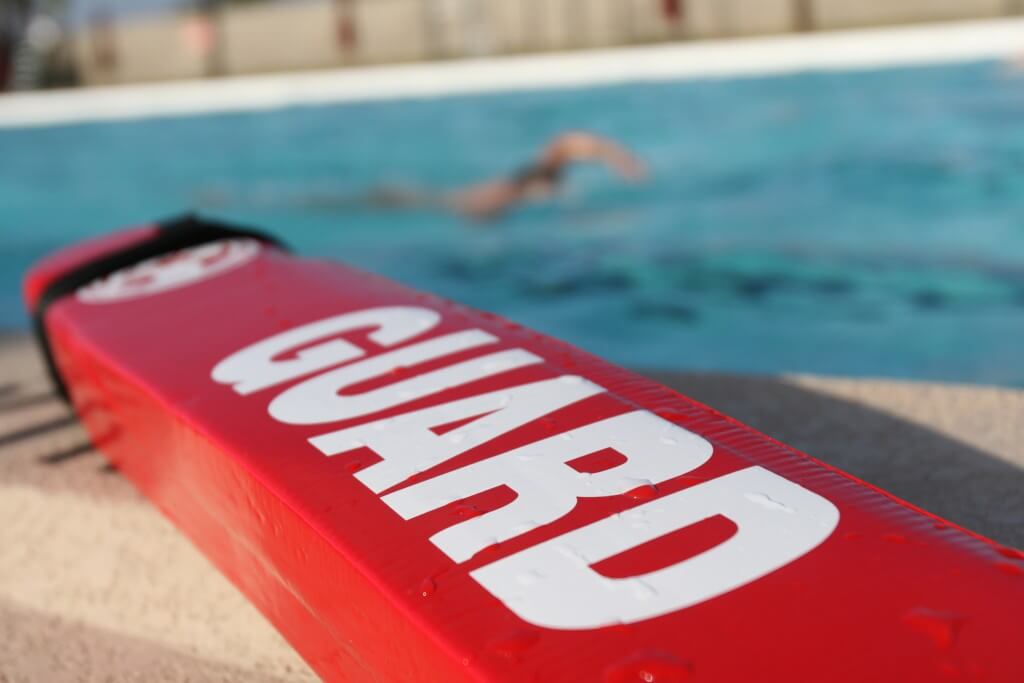Wisdom for New Lifeguards: A Brief Look At Drowning

By Alex Labonge, Swimming World College Intern
As summer nears and school ends, millions of Americans around the country begin to flock to their neighborhood pools. With this comes the influx of competitive swimmers that work as lifeguards at these pools. The purpose of this brief piece is for me to share the knowledge I have acquired through my years of lifeguarding at pools and through ocean rescue.
Lifeguarding is a job that seems natural for competitive swimmers. It is a job that combines our love of water and uses our strengths as athletes to directly make a difference in individuals’ lives, which is something that not many other jobs can claim.
Treating Drowning
According to the Center for Disease Control and Prevention, drowning ranks fifth amongst causes of unintentional injury death in the United States. Approximately ten people die every day because of drowning and about two of these are children under the age of 14.
Captain of Wrightsville Beach Ocean Rescue Jeremy Owens and Executive Director of Lifeguards Without Borders Dr. Justin Sempsrott have studied the drowning process thoroughly for many years in an effort to come up with an effective way to treat it.
“We must understand that drowning is the process of respiratory impairment from submersion or immersion in a liquid,” explained Owens. “Most people think that drowning equals death, but there is actually a spectrum of drowning ranging from mild to moderate to severe. Every year, thousands of people have heart attacks or strokes and survive. The same is true in drowning. To treat it, we must interrupt the drowning process.”
Owens’ and Sempsrott’s solution to this is to deliver five rescue breaths to a drowning victim as quickly as possible, upon removing the victim from the water. The rescuer must place oxygen back into the lungs by performing chest compressions and rescue breaths.
Performing five rescue breaths on a drowning victim is different than performing them on some person you found on land suffering from a heart attack. In the case of drowning, the victim’s brain is dying from lack of oxygen. With a land victim, oxygen is already present in the body, so simply performing chest compressions can be effective.
“Doing compression only CPR on a drowning victim is like trying to start a car with no gas,” said Owens. “The oxygen acts like gasoline being pumped through the engine, or body.”
Preventative Lifeguarding
If you do have to perform CPR on a drowning victim, it is important to be aware that a foam will be present around the mouth of the victim. Do not panic — this foam is just the water that was on the lungs and will not cause any harm to the rescuer in this situation.
In the interest of time in responding to a drowning victim, a breathing barrier or pocket mask may not always be available. While performing mouth-to-mouth may not be the most ideal way to give rescue breaths, there has never been a single case of a rescuer contracting a communicable disease from performing mouth-to-mouth rescue breaths to a victim.
The best way to stop drowning is through preventative lifeguarding. For all you new lifeguards out there, don’t wait until it is too late to act. There is no shame in going into the water after a victim who is completely fine if you have a seed of doubt in your mind.
In drowning victims, response and treatment time are directly correlated with the outcome the victim will experience and the quality of life they will experience moving forward. Getting a drowning victim oxygen is key to saving a life.



